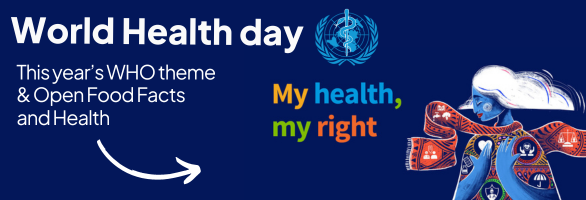
World Health Day 2024
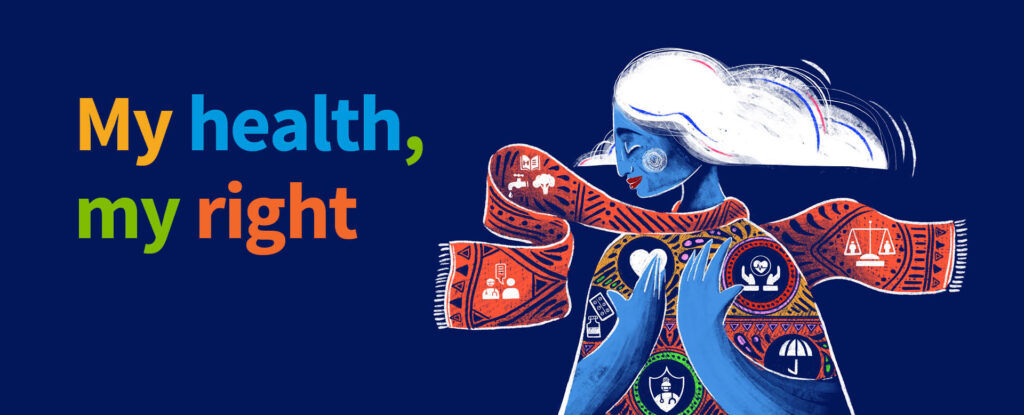
On the 7th of April, we celebrate World Health Day, whose theme this year is “My health, my right.”
“The WHO Council on the Economics of Health forAll has found that at least 140 countries recognize health as a human right in their constitution. Yet countries are not passing and putting into practice laws to ensure their populations are entitled to access health services. This underpins the fact that at least 4.5 billion people — more than half of the world’s population — were not fully covered by essential health services in 2021.
To address these types of challenges, the theme for World Health Day 2024 is ‘My health, my right’.
This year’s theme was chosen to champion the right of everyone, everywhere to have access to quality health services, education, and information, as well as safe drinking water, clean air, good nutrition, quality housing, decent working and environmental conditions, and freedom from discrimination.” (WHO)
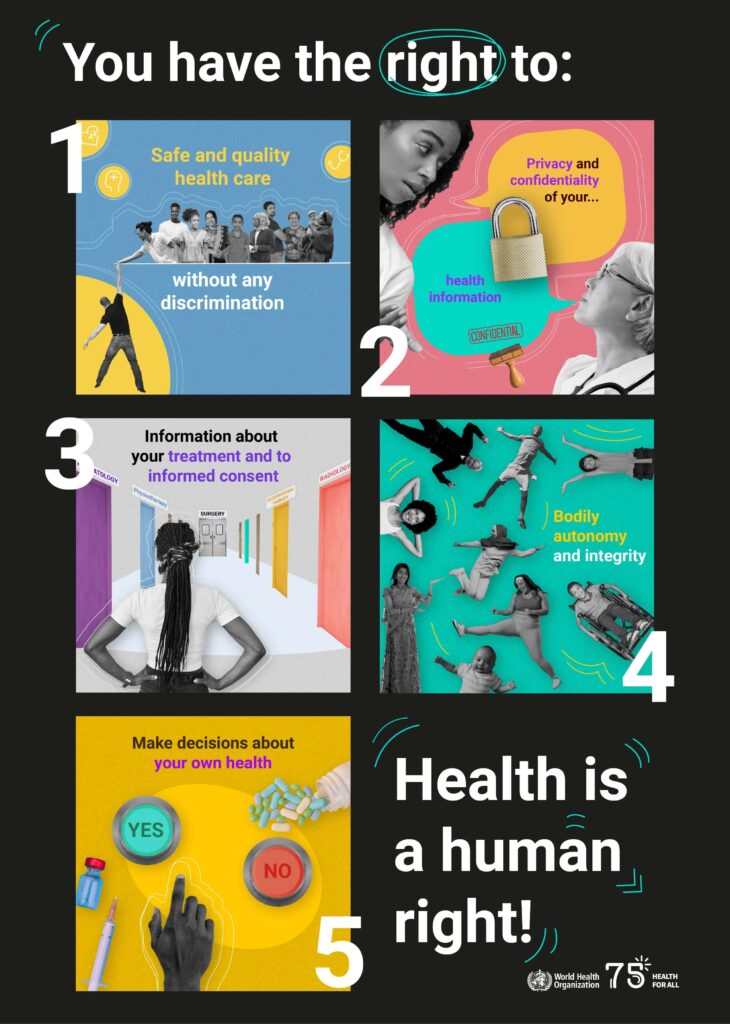
- Know your health rights. You have the right to:
- safe and quality care, without any discrimination.
- privacy and confidentiality of your health information.
- information about your treatment and to informed consent.
- bodily autonomy and integrity.
- Make decisions about your own health.
- Protect your right to health as a basic human right.
Everyone should have access to the health services they need when and where they need them, without facing financial hardship. So, if you cannot access healthcare, that’s not right. Here are some ways to take action:- Advocate – appeal to political leaders, join health communities demanding action, participate in petitions and discussions.
- Organize your community – e.g. at work, church – to agree what needs to change and how.
- Promote the right to health as an intrinsic pillar of our broader human rights.
Respecting our right to health means respecting our rights to access safe drinking water, clean air, good nutrition, quality housing, decent working conditions, and freedom from violence and discrimination.
- Champion health as a priority.
Get involved with decision-making around health. Examples of how to participate include: town-hall meetings and citizen assemblies, focus groups and consultations, health councils, steering groups and review boards.
WHO Human rights fact sheet: https://www.who.int/news-room/fact-sheets/detail/human-rights-and-health
Open Food Facts & Health: working hand in hand
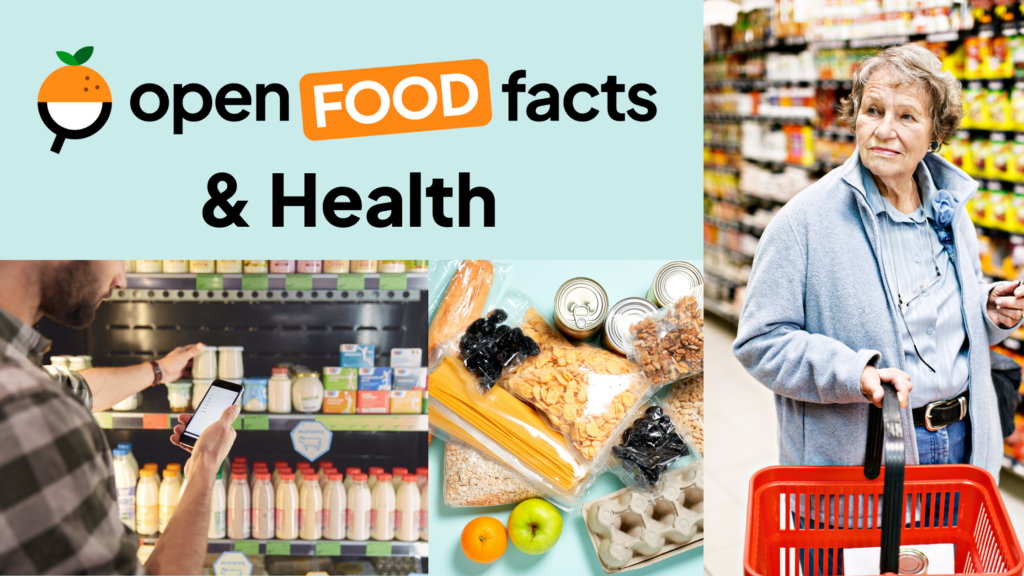
Let food be thy medicine and medicine be thy food.
Hyppocrates
What we eat is one of the first factors for our health. But it’s not always easy to understand nutrition or what our bodies need or the food offer on the market. What’s easy is to get overwhelmed with the amount of information out there.
Open Food Facts has made it its mission to decipher food labels and better inform citizens since its creation in 2012. Its open database has allowed numerous other reuses by third-party apps and services.
Thanks to the work of researchers around the world, people are able to find out more about the impacts of various foods or their components or mixes on our health.
The Open Food Facts community is proud to know that its public database is used by researchers to advance scientific knowledge about the impacts of food.
Several studies are using Open Food Facts 🔎🥫:
1. A revolutionary nutritional score – the Nutri-Score
An early Nutri-Score advocate for public health, Open Food Facts started computing it in 2014 on all the products collected up to that point, based on the formula of the “5 color system” by Pr. Hercberg.
We had a systemic role in helping shape & spread the Nutri-Score, now adopted by 7 EU countries. This front-of-pack information is essential as it reaches a substantial population. Consumers can find the Nutri-Score on Open Food Facts even when it is not on pack.
We provide open data to expand the number of actors showing Nutri-Score to final users.
See our Nutri-Score page: https://world.openfoodfacts.org/nutriscore
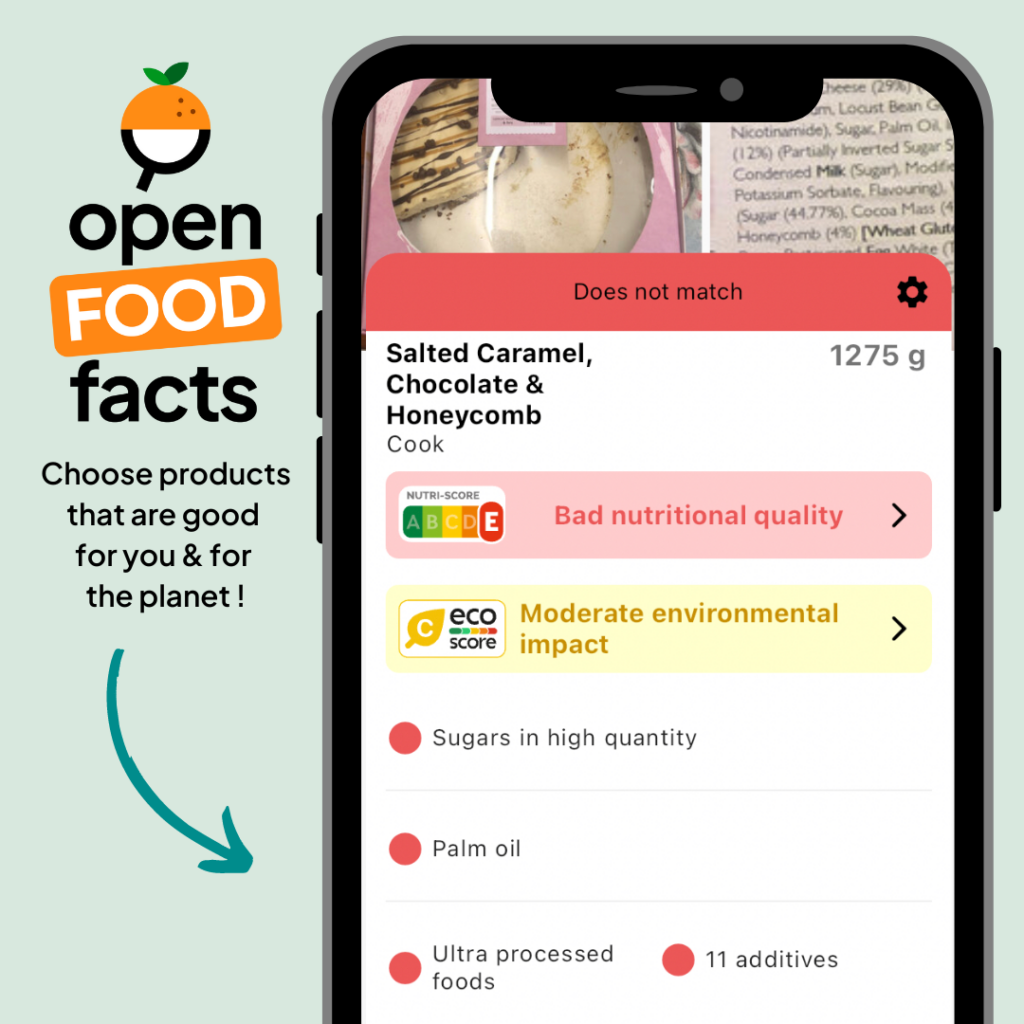
2. The groundbreaking NutriNet-Santé cohort study
The NutriNet-Santé population-based cohort study on the links between nutrition & health (by the EREN Nutritional Epidemiology Research Unit led by Pr. Mathilde Touvier) has mentioned Open Food Facts as one of its tools & sources of data (latest study on Food additives in the British Medical Journal https://www.bmj.com/content/382/bmj-2023-076058).
📺 An excellent presentation by Pr. Mathilde Touvier on Nutritional Determinants of Health: Recent Research Discoveries and Translation into Public Health Action: https://www.youtube.com/watch?v=FVBHtnwfEBY
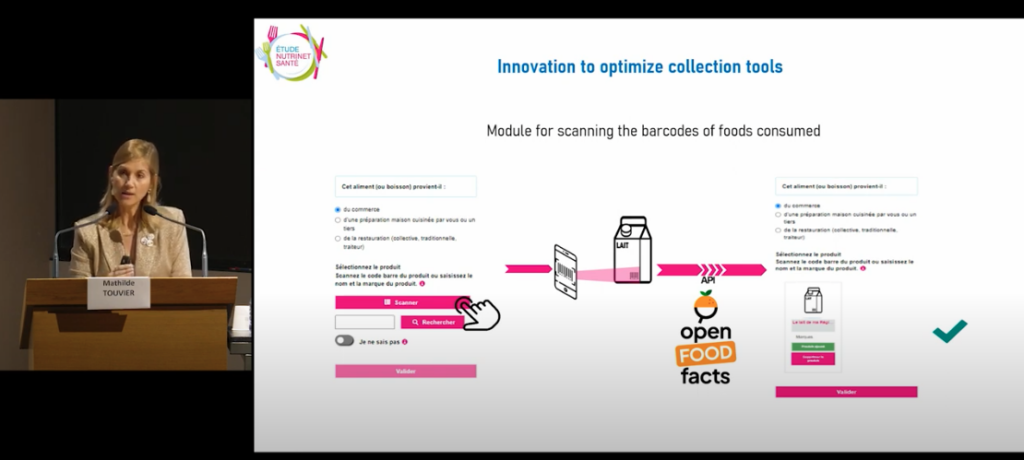
3. GroceryDB: Prevalence of Processed Food in Grocery Stores
Open Food Facts has recently aided Dr. Giulia Menichetti team’s work on processed foods, which you can read in detail here: https://www.medrxiv.org/content/10.1101/2022.04.23.22274217v3
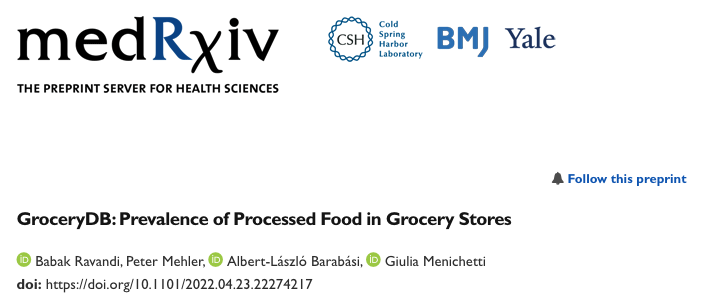
4. Displaying the Nova group (to spot ultra-processed foods)
Open Food Facts has been displaying the Nova group since 2017 and regularly exchanges with Pr. Carlos Monteiro, the Father of Nova ( 📺 see his talk here).
See out Nova page here: https://world.openfoodfacts.org/nova
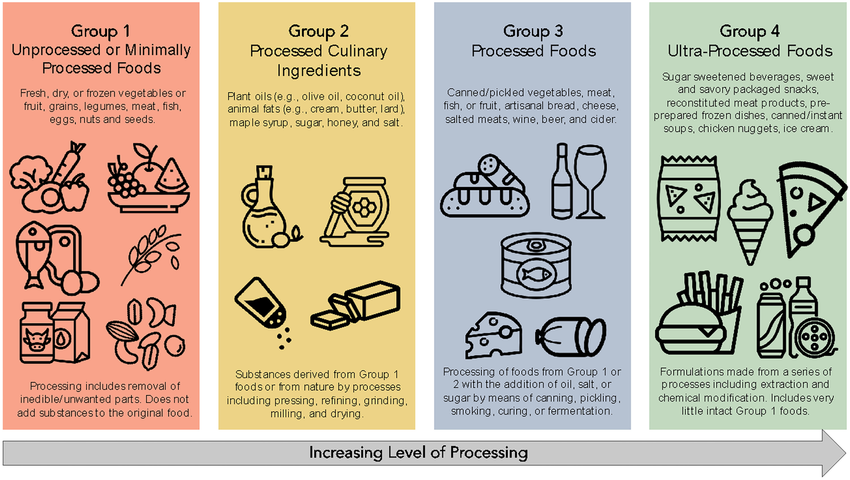
5. Personal search to help make healthier food choices
Not a study, but we thought we’d add that our free website & app allows one to enter numerous personal food preferences (such as sugar content, allergens, etc.) to easily spot products.
Open Food Facts also communicates recommendations from health organizations, such as the French PNNS (National nutrition and health programme), the UK National Health Service or the World Health Organisation.
Open Food Facts is mentioned in over 600 scientific publications & as the main source in over 20.

Join the Food Revolution & be informed about what you eat, because Open Food Facts believes that information about food should be open & accessible to all !
Contribute with food products by adding new ones, updating information on existing ones, and spreading the word about this citizen project around you.
Please consider supporting Open Food Facts’ non-profit work with a donation. Thank you.
